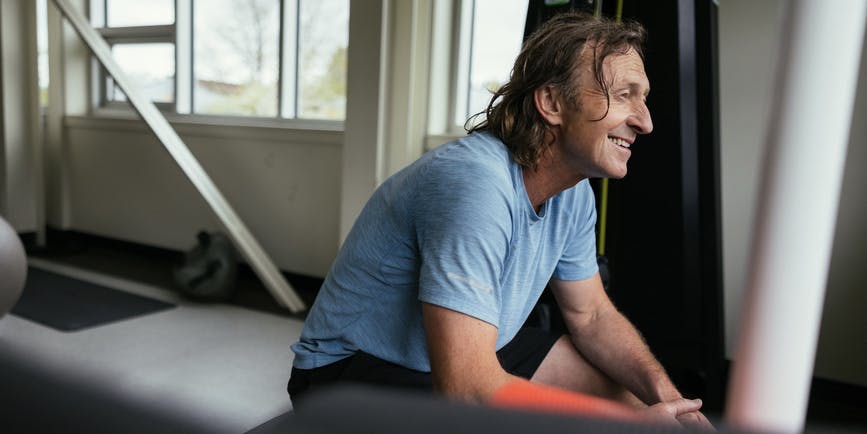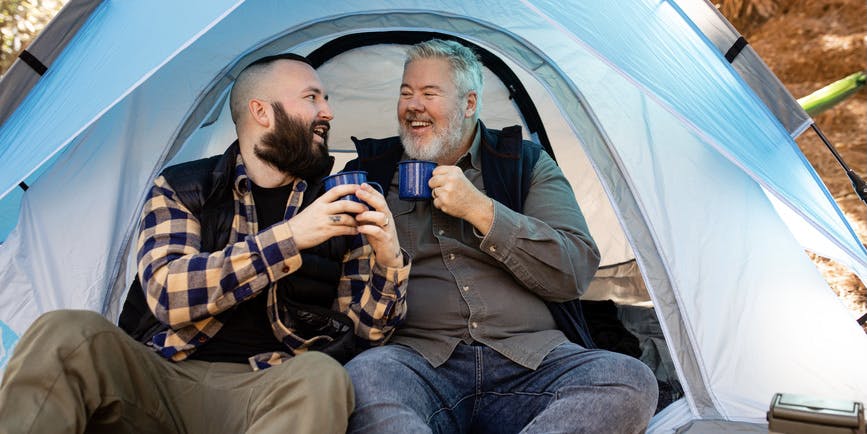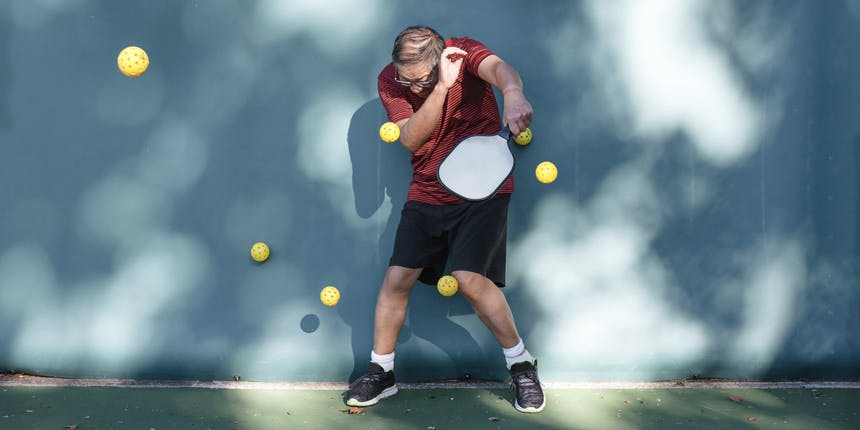
Erectile dysfunction and physical exercise

Key Points:
- Some evidence suggests that a long-term exercise routine may prevent or improve symptoms of erectile dysfunction (ED).
- Exercises like Kegels and Pilates encourage blood flow and increase muscle, reducing instances of ED.
- Regular cycling may cause a bike seat to pressure the groin area, reducing blood flow to the penis and inadvertently triggering ED. Modifying some biking equipment can help.
Exercise is part of a healthy lifestyle for (almost) everyone. But some evidence suggests that it may even improve sexual health—including lowering the risk of erectile dysfunction (ED).
If you’re already maintaining a healthy exercise regimen and experiencing ED, start a $15 online consultation with Dr. B. We can help you get an erectile dysfunction prescription treatment for ED meds online.
Otherwise, here’s what to know about exercise + ED.
Why does erectile dysfunction happen?
Erectile dysfunction is the inability to achieve or maintain an erection sufficient for sex. It’s the most common sexual issue among people with penises, affecting as many as 30 million people in the US alone. That’s because sexual arousal is a multifaceted process.
Here’s how erections happen:
- When aroused, the brain sends signals to blood vessels in the penis.
- Muscles relax, allowing blood to flow in and veins to close up.
- The corpora cavernosa—a column of spongy tissue—traps the blood and expands the penis.
Because this process is complex, various physical and mental conditions can throw off one step and cause ED.
How does exercise improve your sex life?
Exercise is not a solution for all causes of ED. But exercise can help improve some health issues that contribute to ED risk.
Obesity and chronic high blood pressure can affect a man sexually by damaging the heart and blood vessels. These are vital to getting and maintaining an erection. Exercise can encourage blood flow, reducing this risk for ED.
Mental health issues are a leading cause of erectile dysfunction in your 20s and 30s (especially). Physical activity decreases inflammation and improves metabolic function, changing our brain and increasing our confidence and self-control. Some evidence suggests this lowers overall rates of depression and anxiety. So it may also alleviate mental health issues that cause ED.
Erectile dysfunction exercises
Regular cardio, strength training and stretching can all encourage sexual stimulation. Consult a medical provider before starting any new form of exercise. But the following exercises can further encourage reliable, long-lasting erections.
Kegels
Pelvic floor muscles are essential for getting and maintaining an erection. So while you may not think of them as traditional exercises, Kegels—or pelvic floor exercises—can help improve ED.
Don’t know what your pelvic floor muscles are? The next time you’re in the bathroom, stop peeing midway through your full urine stream. Those muscles you’re activating are your pelvic floor muscles!
To perform Kegels, breathe deeply and clench those pelvic floor muscles. Hold for five seconds, then relax. Repeat 10-20 times. Try to work your way up to at least three sets a day.
Aerobics
Erectile dysfunction often stems from a blood flow issue—and dysfunction of the arteries is a leading cause of ED. 160 minutes of moderate-to-vigorous aerobic exercise weekly can increase blood flow, improving ED symptoms in six months.
To encourage a long-term exercise plan, do an aerobic activity you like. Experiment with jogging, swimming, dancing, rowing, hiking or anything that keeps your heart pumping. (If you’re already an avid cycler, keep reading!)
Pilates
Pilates activates specific muscle groups and builds pelvic floor strength. This makes Pilates a smart option for erectile dysfunction treatment or prevention.
Try these Pilates exercises:
- Foot raises. Lie on the floor with your knees bent. Engage your pelvic floor muscles as you slowly raise and lower one foot at a time.
- Bent knee fallouts. Lie on the ground with your knees bent. Squeeze your pelvic floor muscles as you allow one knee to fall to the side. Use your muscles to gently bring the knee back to the center. Repeat on the other side.
- Pelvic curls. Lie on the floor with your knees bent. Use your pelvic floor muscles to tilt your pelvis up (while keeping your back flat) until your body makes a smooth plane from your neck to your knees. Slowly lower down and repeat.
What to know about cycling and erectile dysfunction
Cycling is an excellent form of aerobic exercise. But for regular cyclists, one vital piece of bike equipment may increase the risk of developing ED.
Frequent rides on a narrow bike seat put a strain on the perineum—the area between the penis and anus. The perineum’s nerves and arteries supply blood to the penis. They can get damaged when caught between the public bones and a narrow bicycle seat.
To lower the risk of ED from cycling:
- Invest in a wider seat with extra padding
- Wear padded bike shorts
- Raise the handlebars (and your body) to a more upright position
- Take regular breaks during long rides and ride for fewer hours
When all else fails? Try ED pills.
Erectile dysfunction pills can help improve blood flow to the penis so that you can get—and maintain—an erection. And you can get these FDA-approved ED medications online with some help from Dr. B.
Start a discreet $15 online consultation. A licensed provider will review your assessment. If they find a prescription ED treatment appropriate, they’ll send it to your chosen pharmacy. Dr. B offers several treatments including Tadalafil (Cialis’ generic counterpart) and Sildenafil (generic Viagra) online. A licensed provider will help you find the best treatment for you.
Sources:
Bacon, C. G., et al. (2006). A prospective study of risk factors for erectile dysfunction. The Journal of Urology.
Chekroud, S. R., et al. (2018). Association between physical exercise and mental health in 1·2 million individuals in the USA between 2011 and 2015: A cross-sectional study. The Lancet Psychiatry.
Dorey, G., et al. (2005). Pelvic floor exercises for erectile dysfunction. BJU International.
Gerbild, H., Larsen, et al. (2018). Physical activity to improve erectile function: A systematic review of intervention studies. Sexual Medicine.
Maiorino, M. I., et al. (2015). Lifestyle modifications and erectile dysfunction: What can be expected? Asian Journal of Andrology.
Nunes, K. P., et al. (2012). New insights into hypertension-associated erectile dysfunction. Current Opinion in Nephrology and Hypertension.
Smith, P. J., et al. (2021). The role of exercise in management of mental health disorders: An integrative review. Annual Review of Medicine.
Sign up for the free Dr. B newsletter for a weekly report on the latest in healthcare + research-based advice for staying healthy and mentally well.
Related articles








